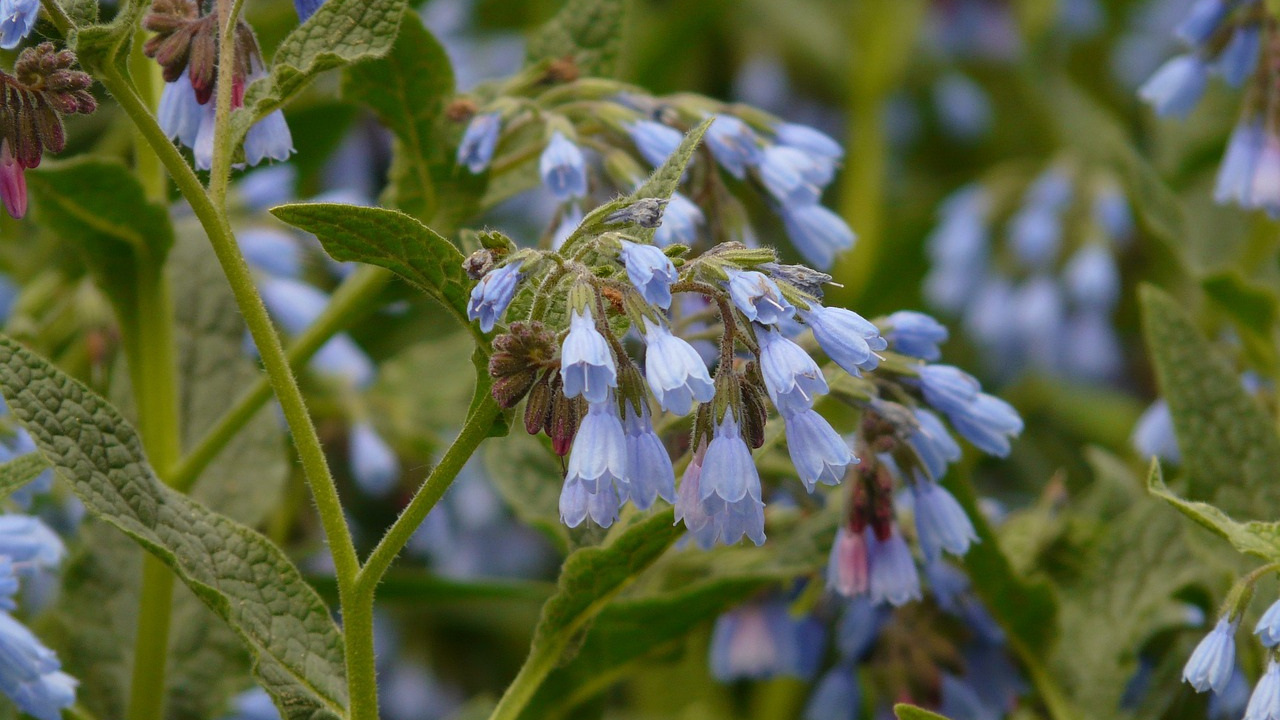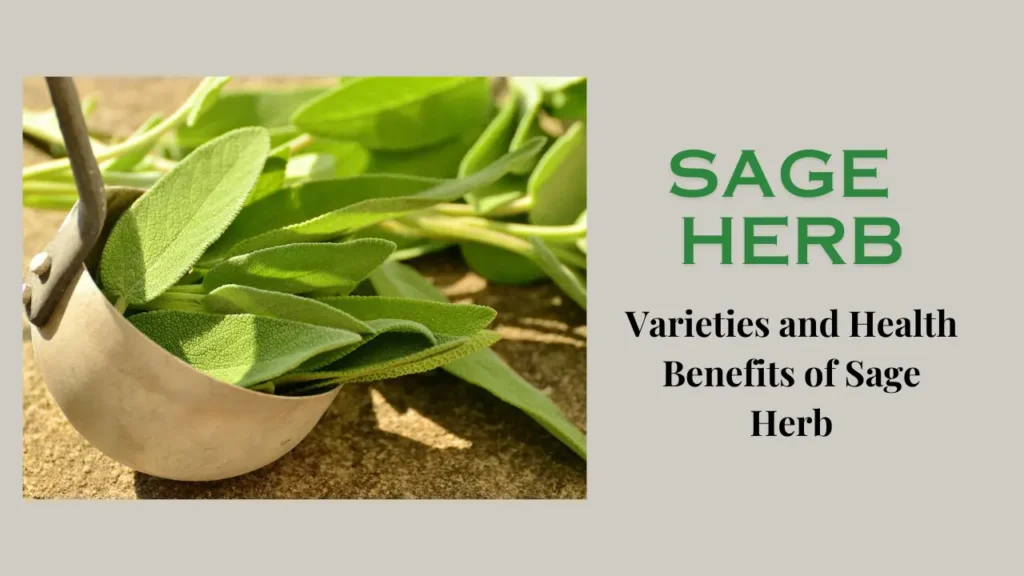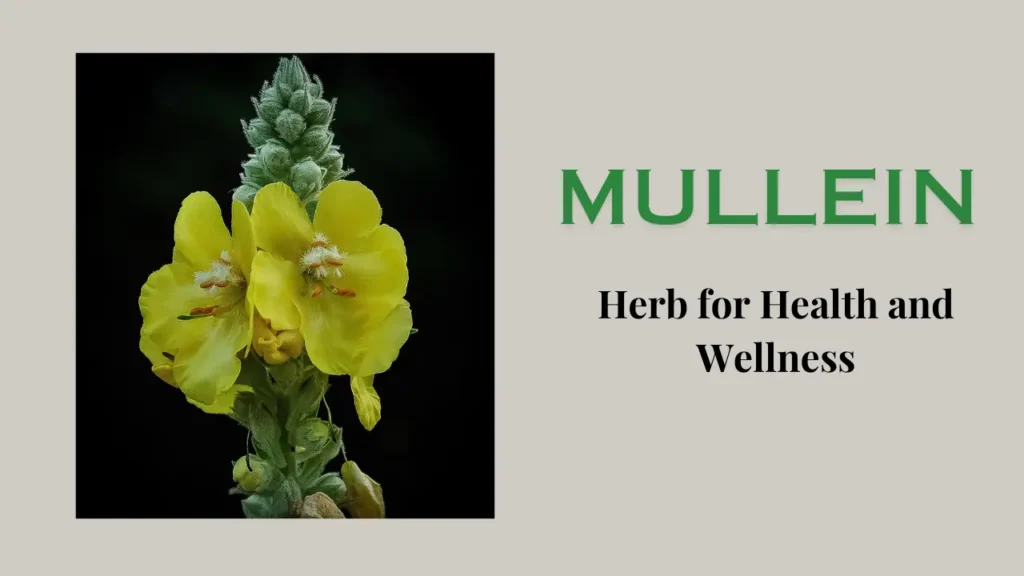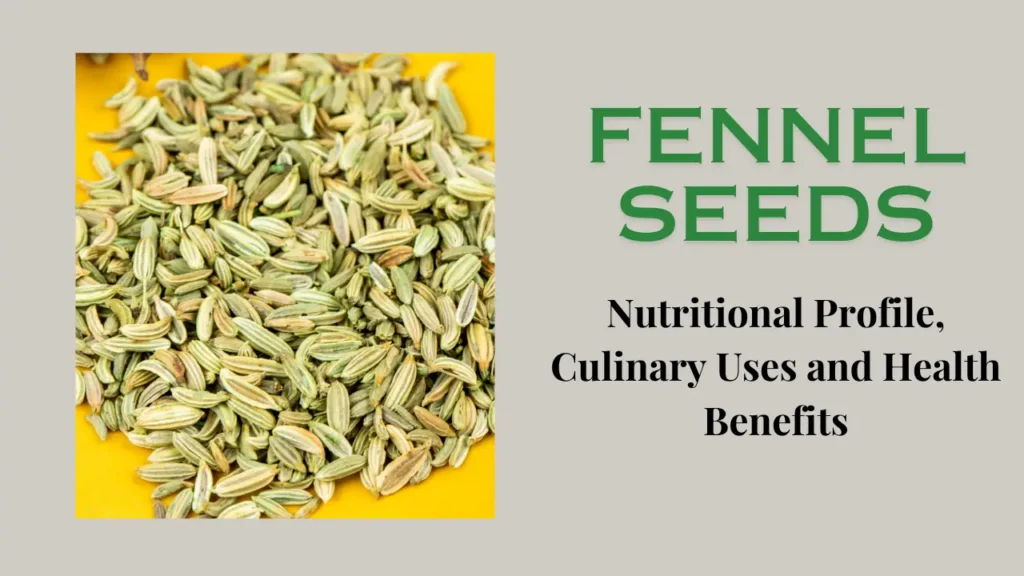
Definition
Nutritional Profile
Medicinal Properties of Comfrey Plant
A. It has Anti-inflammatory and Pain-relieving properties
The comfrey plant has remarkable anti-inflammatory properties, which may help reduce swelling and ease pain. It contains compounds that inhibit inflammatory processes and provide relief from conditions such as arthritis, sprains, and bruises.
- By applying comfrey-based topical preparations or using them as a poultice, individuals can experience a reduction in swelling and discomfort associated with inflammatory conditions.
B. Helps in Wound Healing and Skin Regeneration
- The Comfrey Plant is renowned for its exceptional ability to promote wound healing and aid in skin regeneration. It contains allantoin, a compound that accelerates cell proliferation and tissue repair. This property makes the comfrey Plant particularly effective in treating wounds, cuts, and abrasions.
- When applied topically, comfrey-based ointments or balms help reduce scarring and improve the overall appearance of the skin.
C. Helps in Maintaining bone and joint health
- The comfrey plant has shown an ability to aid in bone density and strength. It contains compounds that support the development and maintenance of healthy bones. Comfrey herb is often used in the management of conditions such as osteoporosis and osteoarthritis, as it may provide relief from joint pain and support joint flexibility.
- Regular use of the comfrey Plant, under the guidance of a healthcare professional, can contribute to better bone and joint health.
D. Helps in relieving Respiratory Illness
- The comfrey plant has been used traditionally to address respiratory ailments such as cough and bronchitis. It is known for its soothing effects on the respiratory system, helping to reduce cough and reduce inflammation in the airways.
- Comfrey-based teas or herbal infusions are often consumed to support respiratory health and provide relief from respiratory symptoms.
E. Comfrey helps maintain digestive health
- Comfrey Plant has a long history of use in soothing gastrointestinal discomfort. Due to its anti-inflammatory properties, it has been traditionally used for conditions such as ulcers and diarrhea. The plant may help reduce inflammation in the digestive tract and provide relief from associated symptoms.
- However, it is important to exercise caution and consult a healthcare professional before using the comfrey plant for digestive issues, as excessive or prolonged use may result in adverse effects.
F. Other Potential Benefits of Comfrey Plant
- Comfrey Plant offers additional potential benefits beyond those mentioned above. It has been associated with supporting liver health and aiding in detoxification processes. The herb’s antimicrobial properties may help combat certain infections, while its antioxidant content contributes to overall cellular health and protection against oxidative stress.
- Further research is ongoing to explore the full range of comfrey herb’s potential benefits and applications.
Read Also: Neurodegenerative Diseases
Safe Usage and Precautions
Read Also: Slippery Elm
How to use Comfrey Plant
A. In the form of Herbal Infusions and Teas
- Add dried comfrey leaves or roots to a teapot or cup.
- Pour boiling water over the herb and let it steep for about 5 to 10 minutes.
- Strain the liquid and enjoy the comfrey-infused tea.
- Experiment with adding other herbs or natural sweeteners to enhance the flavor, if desired.
- Tea made from the comfrey herb may provide potential medical benefits such as respiratory support or digestive relief.
B. Comfrey as salves and balms
- Harvest fresh comfrey leaves and clean them thoroughly.
- Finely chop the leaves and place them in a clean glass jar.
- Cover the leaves with a carrier oil, such as olive oil or coconut oil.
- Seal the jar tightly and place it in a warm, dark place for several weeks.
- After the infusion period, strain the oil to remove the plant material.
- Melt the beeswax in a double boiler and slowly add the melted oil, stirring until well mixed.
- Pour the mixture into small jars or tins and let it cool and set.
- Comfrey-based ointments and balms can be applied topically to treat various skin irritations, cuts, burns, or bruises.
C. Use of comfrey in various dishes
- Use comfrey leaves to add flavor to salads or pesto.
- Add fresh comfrey leaves to green smoothies for an extra nutrient boost.
- Steam or sauté comfrey leaves as a nutritious side dish.
- Sauté comfrey leaves in vinegar or oil for a flavorful dressing or marinade.
- When using comfrey plants in culinary applications, be sure the herb is harvested from a safe and reliable source and avoid consuming large amounts.
How to Cultivate and Harvest the Comfrey Plant
A. Method of growing Comfrey Plant
- Choose a sunny or partially shaded location with well-drained soil.
- Prepare the soil by loosening it and removing any weeds or rocks.
- Plant comfrey root cuttings or crown divisions about 2 to 3 feet (60 to 90 centimeters) apart.
- Water the plants regularly, especially during dry periods.
- Add mulch around the base of the plants to retain moisture and suppress weeds.
- Monitor the plants for pests or diseases and take appropriate measures, if necessary.
- The comfrey plant is known for its vigorous growth, so choosing a location where it won’t spread too much is important.
B. When to harvest it and how to store it
- Harvest comfrey leaves when they are at their peak, before the plant flowers.
- Cut off the leaves near the base of the plant, leaving a few leaves for continued growth.
- For harvesting comfrey roots, wait until the plant is at least two years old.
- Dig around the root system and carefully remove the desired amount of roots.
- Clean the leaves and roots thoroughly, removing any soil or debris.
- For leaves: Dry the leaves in a well-ventilated area away from direct sunlight until crisp. Store them in airtight containers in a cool, dry place.
- For roots: Clean and chop the roots into small pieces. Dry them thoroughly and store them in airtight containers away from moisture and light.
- Properly stored, the comfrey plant can retain its potency for a long time.
Yes, comfrey can be a valuable addition to your garden in several ways:
- Fertilizer: Its leaves are rich in nutrients, especially nitrogen, potassium, and phosphorus. From which a liquid fertilizer can be made which benefits plants.
- Mulch: Its leaves decompose rapidly and provide a thick layer of organic matter that helps suppress weeds, retain moisture, and improve soil fertility.
- Companion planting: It has deep roots that benefit other plants by bringing nutrients from the lower layers of the soil. It also attracts beneficial insects like bees and butterflies.
- Pollinator Plant: It produces clusters of bell-shaped flowers that attract bees and other pollinators, beneficial to your garden’s fruit and vegetable production.
However, it is important to note that they spread quickly so choose a location for them where you can restrict its growth.
There is limited scientific evidence to support its use for cough. Although some traditional practices suggest it may help, more research is needed to confirm its effectiveness and safety.
It has been traditionally used to treat wounds due to its anti-inflammatory and wound-healing properties. It is commonly used externally as:
- Poultice: In this, we crush fresh leaves and apply them directly on the wound.
- Ointment: To make its ointment, mix dry leaves with oil or cream and apply.
- Tea: To make tea, soak the dry leaves in hot water and use the cooled tea as a compress.
Yes, bees are attracted to its flowers, making it a valuable plant for pollinators. Its flowering period is long, making it a reliable source of food for bees throughout the season.
It offers various benefits for garden and medicinal purposes:
- Improves soil fertility: It adds nitrogen and other nutrients to the soil.
- Suppresses weeds: Provides ground cover and prevents weeds from growing.
- Promotes wound healing: It is used to treat minor cuts, scrapes, and burns.
- Reduces inflammation: It helps in reducing arthritis, pain, and swelling.
- Attracts pollinators: Its flowers provide pollen for bees, butterflies, and other beneficial insects.
However, it is important to remember that comfrey can be toxic if swallowed and should be used with caution. Consult a health care professional before using comfrey for any medicinal purposes.








